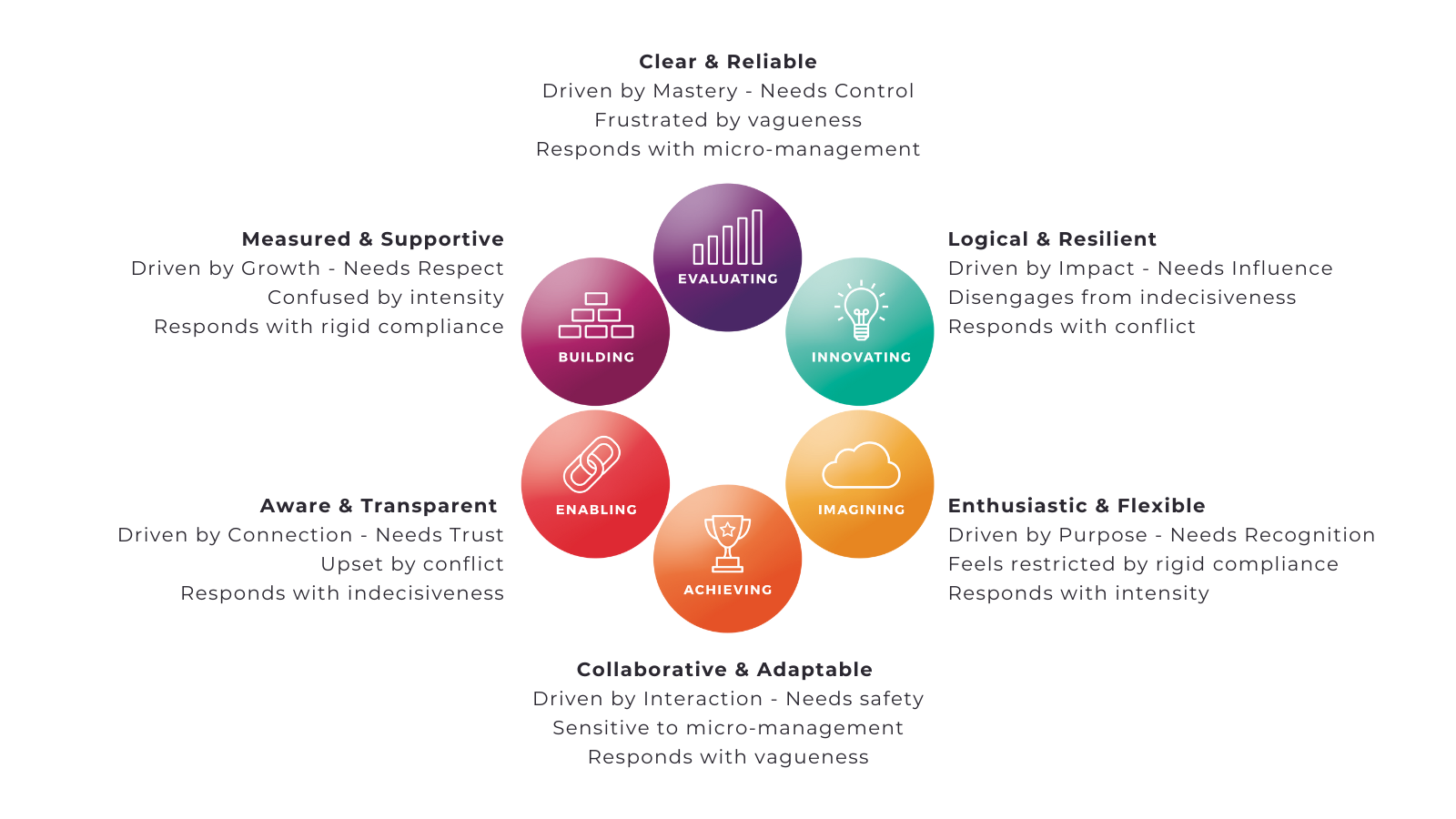Schismogenesis & Culture
How systems fall apart

Culture may indeed eat strategy for breakfast, and if we are not careful, it can eat people for breakfast too!
As Sun Tzu wrote, "Even the finest sword plunged into salt water will rust."
Most leaders recognise the importance of culture.
An individual who is inspired is 125% more productive than one who is merely satisfied. Can you think of any other variable that can more than double performance?
Mismatch in culture is the most common reason why most mergers and acquisitions fail to live up to their expectations. Some studies suggest that as many as 90% of mergers fail.
One of the challenges that people concerned with culture in most organisations face is that culture needs to be communicated, but when we define it, we make it a static thing rather than seeing it as systemic and dynamic.
A culture is a living system, and it’s communicated through everyday micro behaviours: What is tolerated, prioritised, recognised, ignored, encouraged, discouraged, laughed at etc.
Leaders think of culture top-down, but culture happens bottom-up (see blog on top-down or bottom-up thinking).
What happens when we think of culture not as a static quality but rather as a live, changing context?
Whether we are leading through a merger or coaching for performance, we need to hold a space for people to work through differences and keep them glued together enough for the process to remain functional.
In my opinion, Schismogenesis is the most interesting concept to consider. Coined by Gregory Bateson from ‘schism’ meaning division, and ‘genesis’ meaning a process of origin, it describes the process of how things come together and break apart and highlights the fundamentals of division that occur between individuals or groups.
Bateson suggested that schismogenesis can occur in two different forms: complementary and symmetrical:
Complementary Schismogenesis happens when the behaviour of one person or group elicits a contrasting response from another person or group. The differences polarise, leading to an escalating cycle of opposing behaviours.
Bateson suggested that schismogenesis can occur in two different forms: complementary and symmetrical.
Complementary Schismogenesis happens when the behaviour of one person or group elicits a contrasting response from another person or group. The differences polarise, leading to an escalating cycle of opposing behaviours.
The TEMPERAMENTS model clearly demonstrates how this occurs at a team level. Some positive actions oppose other equally positive actions, and this difference can generate tensions that escalate, causing actions to become dysfunctional.

Symmetrical Schismogenesis, on the other hand, involves a competitive escalation of similar behaviours.
This is more like an arms race, where one party acts in a particular way, and the other responds with the amplification of similar actions. Healthy competition can be a great motivator but can quickly become a source of conflict.
There is a third type of schismogenesis, and it’s what may be affecting us most in today’s great resignation, gig economy, disenchanted workplace: Systems holdback. It’s a mutually aggregating spiral in which people hold back their contributions because they suspect others may be holding back their contributions.
It’s very similar to the sucker effect is when individuals reduce their efforts because they are put off by the unfairness of having the free-rider in the group. Social loafing, (also known as the Ringelmann Effect) amplifies the holdback as the group gets bigger, because individuals feel as though their contribution has little impact on overall success or failure. It’s also easier to go unnoticed in larger groups which provides the opportunity for the free-rider effect, the belief that someone else will do your work for you, which in turn amplifies the sucker effect in an ever-decreasing downward spiral.
This is awful for business leaders because people look busy; they are in meetings, they are doing tasks, but somehow the numbers just don’t add up.
Now we see that keeping people inspired not only boosts productivity to more than double but also prevents the organisation from slowly and inexplicably dying the death of a thousand tiny cuts.
References
“An individual who is inspired is 125% more productive” Source: BAIN & COMPANY and EUI RESEARCH.
“Some studies suggest that as many as 90% fail” Source: HBR.
Schizmogenesis: Gregory Bateson. Mind and Nature.










